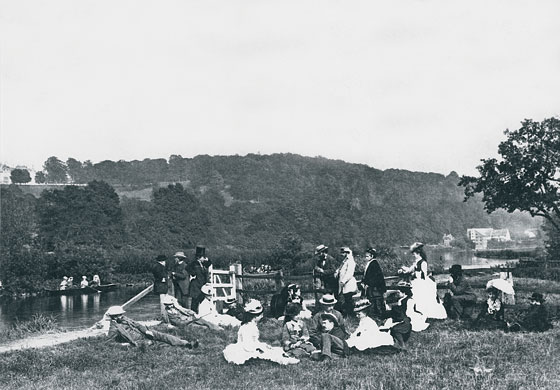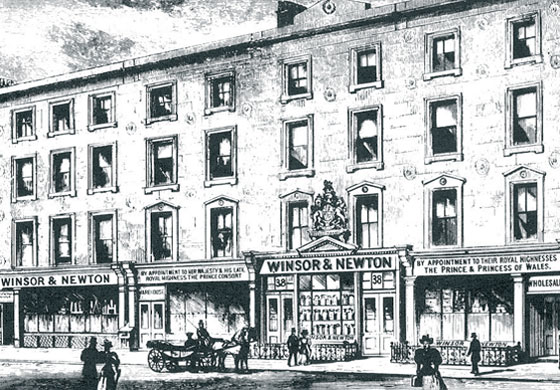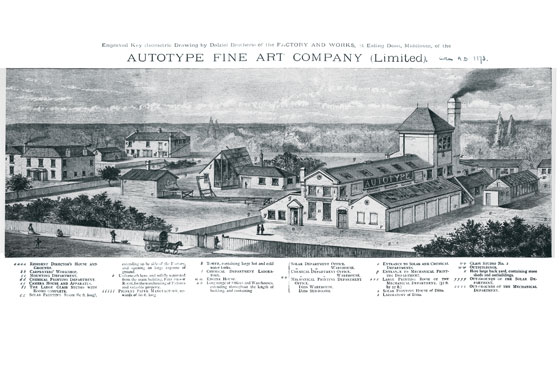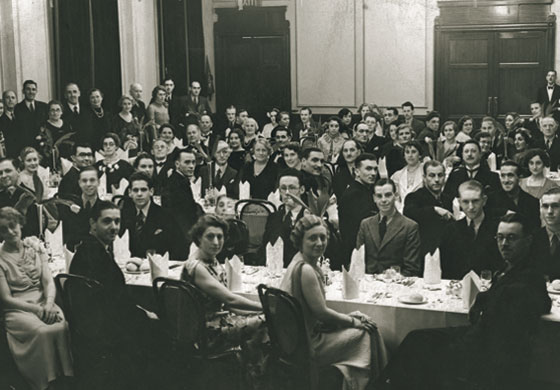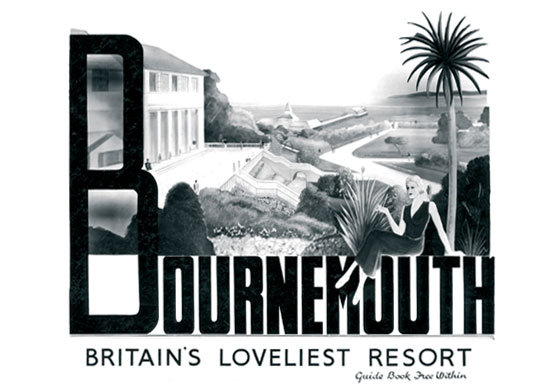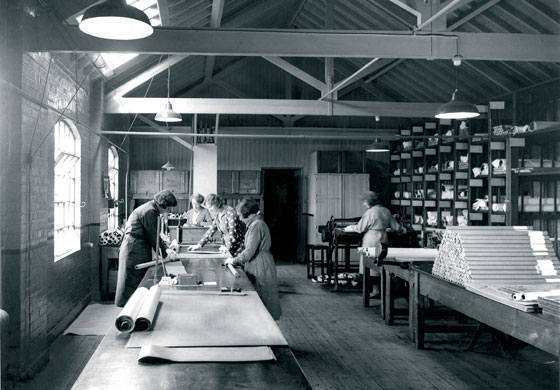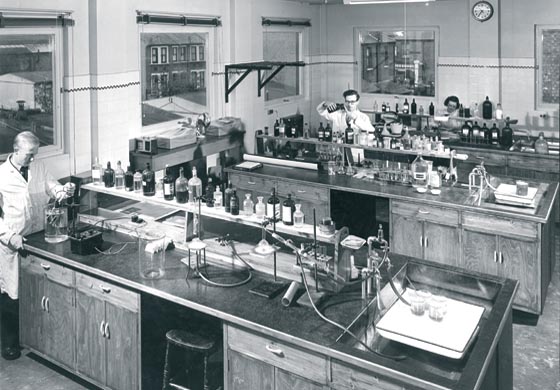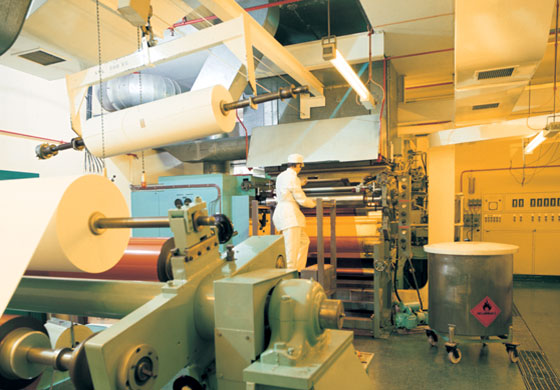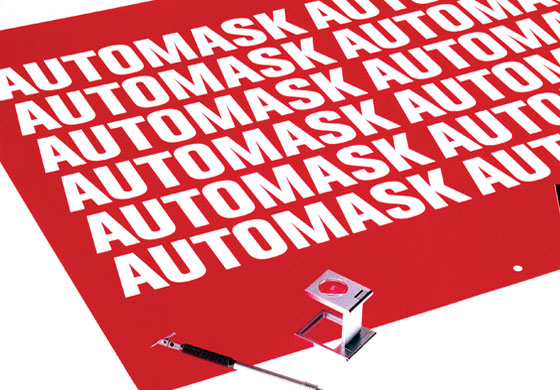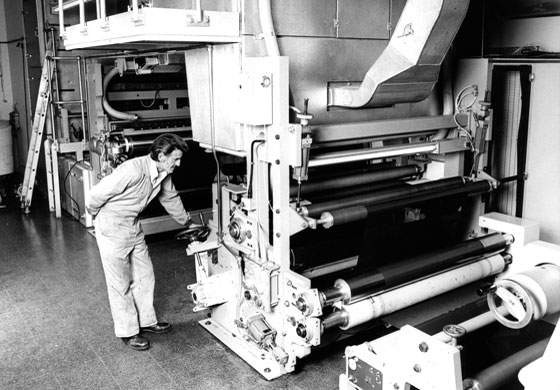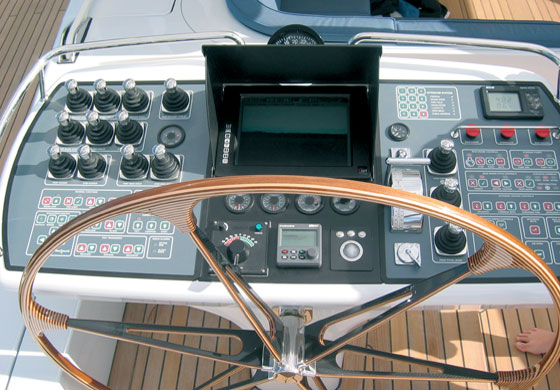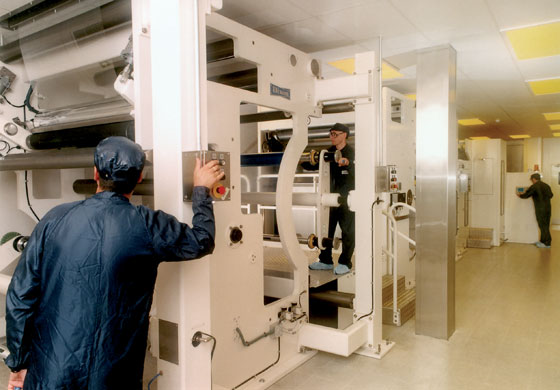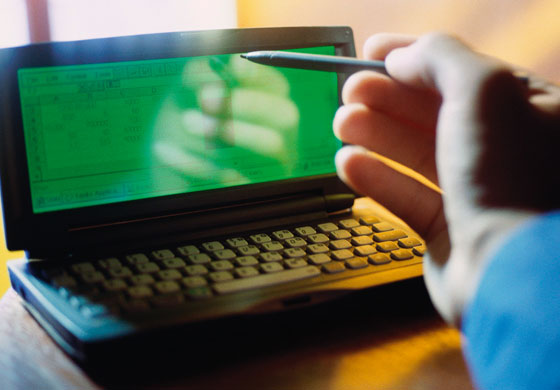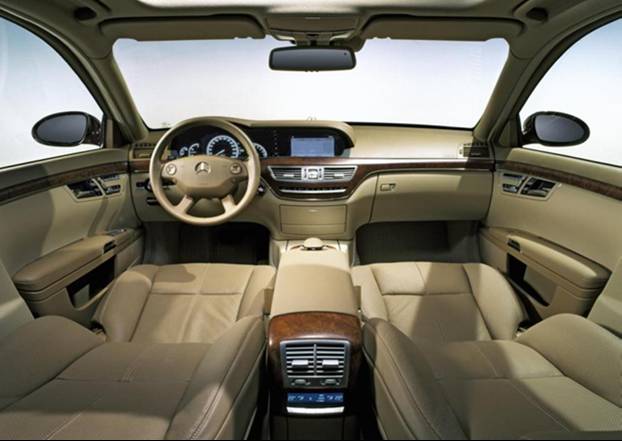To begin at the beginning
The sunrise of Autotype began in 1868 when Joseph Swan (later to become Sir Joseph Swan, the famous inventor of the incandescent electric bulb) set up the company to commercialise his patented process for producing permanent photographic images. Swan had been in business with his brother-in-law, John Mawson since 1846 and when Swan was granted a patent on the 29th February 1864, the company, Mawson and Swan began selling elegant carbon prints.
In 1868 he sold the English rights to John Robert Johnson, a chemist and Ernest Edwards a photographer. Together with John Frederick Boyes, they set up the Autotype Printing and Publishing Company Limited. The company opened its offices at No. 5 Haymarket and a factory in Brixton. This was the start of Autotype and its history highlights a modern business preoccupations-managing change.
At this time another critical success factor was established; that of creating strategic links with overseas contacts. The company became the sole wholesale agent for the United Kingdom and Colonies, supplying Braun's carbon reproductions from different museums of Europe.
